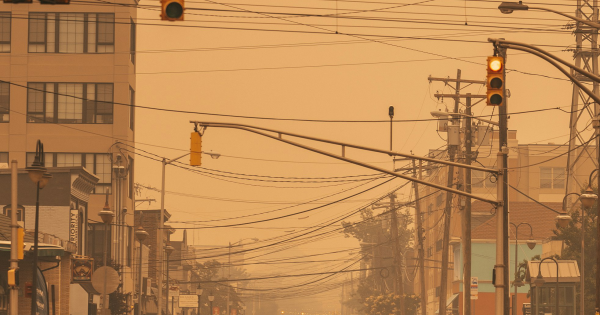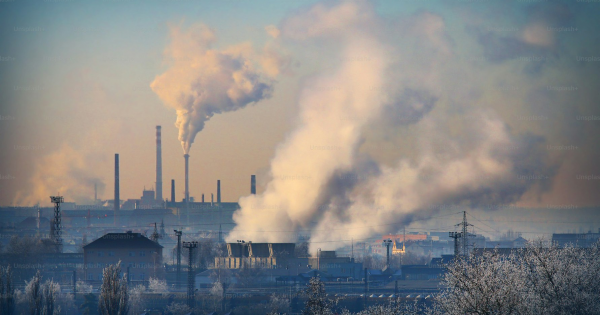Air Stagnation Advisory
An Air Stagnation Advisory is issued when weather conditions are expected to lead to poor air quality due to limited air movement. Such conditions can affect health, particularly for sensitive groups.
See the current LIVE alerts.

What is an Air Stagnation Advisory?
An Air Stagnation Advisory is a type of weather alert issued by meteorological agencies when atmospheric conditions are likely to result in poor air dispersion. This typically occurs when high pressure conditions trap pollutants close to the ground, leading to a buildup of smog and other air pollutants in the lower atmosphere. Such advisories are often issued during periods of calm weather with little wind, allowing pollution from vehicles, industry, and other sources to accumulate.
When is an Air Stagnation Advisory Issued?
These advisories are generally issued when meteorologists forecast that weather patterns will lead to stagnant conditions for a period of time, often several days. Factors contributing to air stagnation include high-pressure systems, temperature inversions, and low wind speeds. The advisory serves as a warning to residents and local authorities that air quality may deteriorate, potentially reaching unhealthy levels.
How to Prepare for Air Stagnation Conditions
During an Air Stagnation Advisory, it is important to take steps to minimize exposure to poor air quality, especially for sensitive groups such as children, the elderly, and those with respiratory conditions. Here are some steps to prepare:
- Stay informed by monitoring local air quality reports and advisories.
- Limit outdoor activities, particularly strenuous exercise, to reduce exposure to polluted air.
- Keep windows and doors closed to prevent outdoor air from entering your home.
- Use air purifiers indoors to help maintain clean air quality.
- Carpool, use public transportation, or reduce vehicle use to help lower emissions.
By understanding what an Air Stagnation Advisory entails and how to respond, you can better protect your health and the health of those around you during periods of poor air quality.




